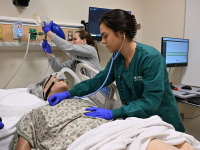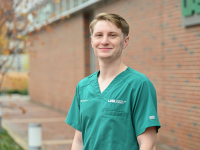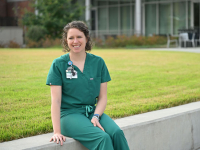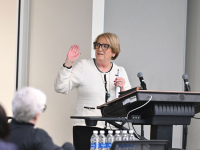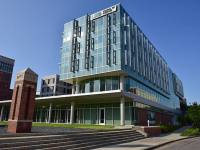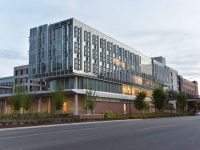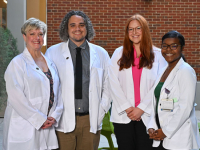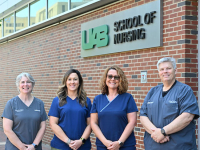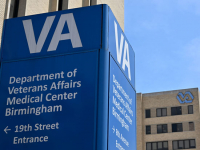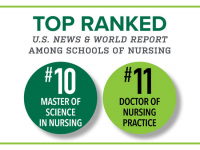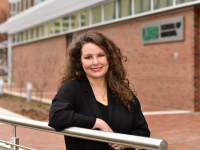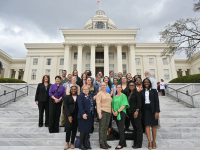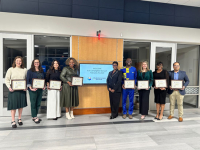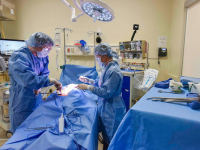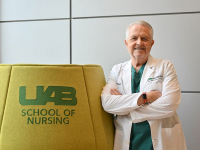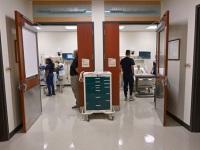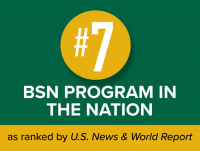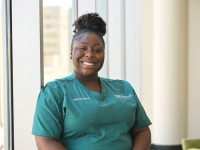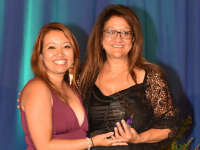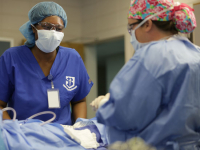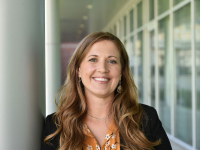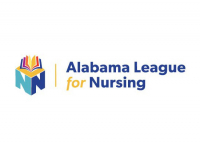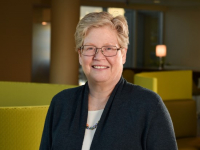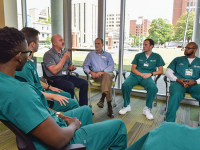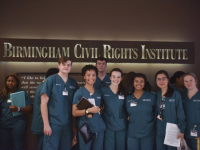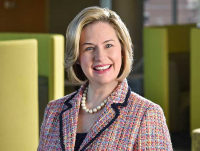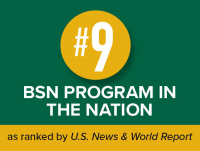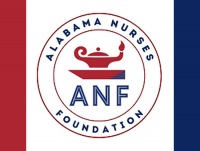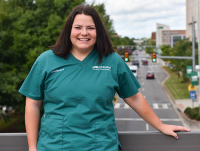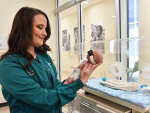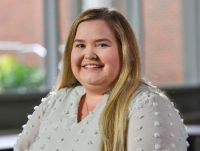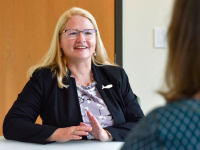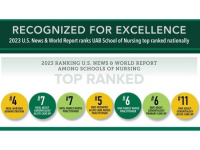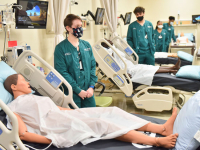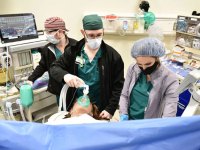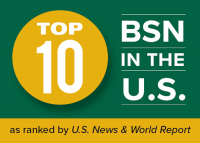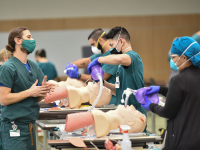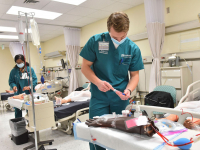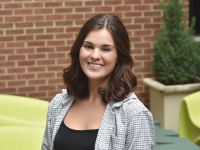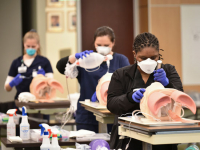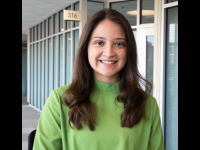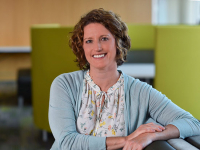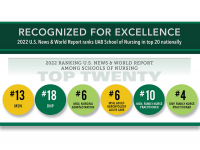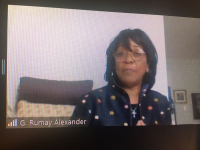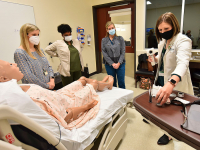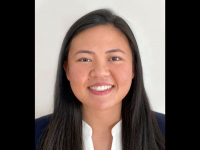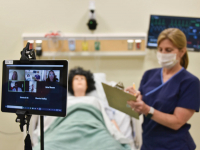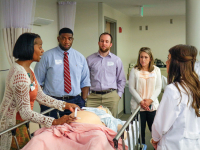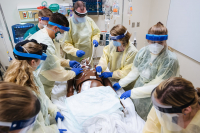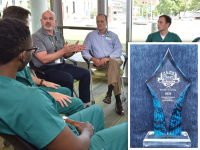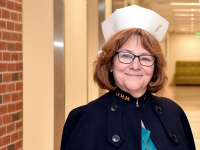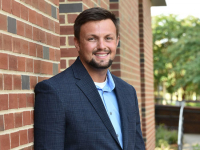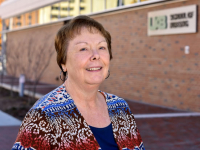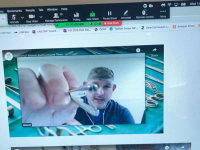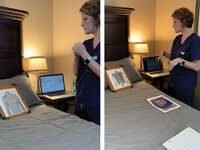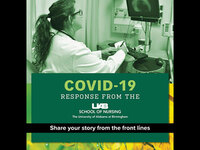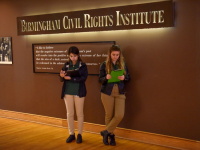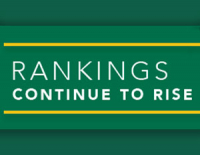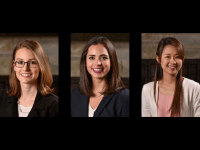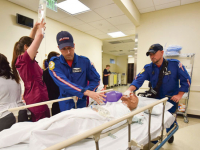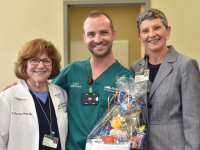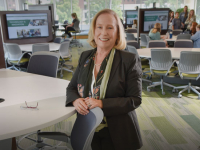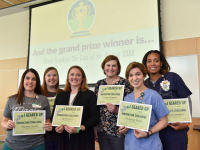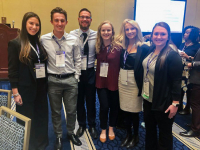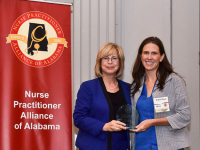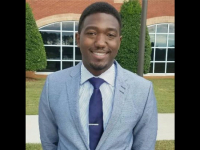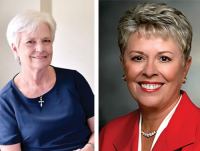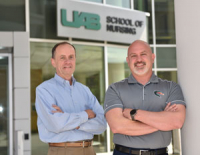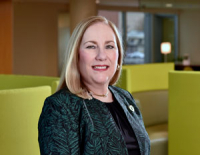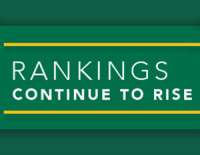The University of Alabama at Birmingham School of Nursing has received four grants totaling $3.1 million from the U.S. Department of Health and Human Services Health Resources and Services Administration (HRSA) to fund graduate student studies that will help put hundreds of advanced practice nurses and nursing faculty into the Alabama workforce over the next four years.
The four programs — the Advanced Education Nursing Traineeship Program, the Nurse Anesthetist Traineeship Program, Scholarships for Disadvantaged Students and the Nurse Faculty Loan Program — are geared to students pursuing a master’s degree or higher in nursing and will offer a total of $1.2 million to students in 2013 alone. Graduate students make up 70 percent of the UAB School of Nursing’s student body.
“This funding will help us produce the nursing faculty, scientists and leaders of the future,” says School of Nursing Dean Doreen Harper, Ph.D. “Through these four programs, we will be able to place more than 400 graduates into clinical, research and faculty leadership positions in the nursing workforce over the next four years. Not only will that impact the shortage of faculty to train the nurses of the future, but it also will make a positive difference in the shortage of primary health-care providers Alabama currently faces.”
Filling the need for more faculty
A 2010-2011 nursing faculty survey conducted by the American Association of Colleges of Nursing found a 9.5 percent faculty vacancy rate in the Southern states. A recent survey by the Alabama Board of Nursing found that 40 percent of faculty in Alabama’s schools of nursing would retire in the next four to nine years, creating an even more severe shortage.
The Nurse Faculty Loan Program is a one-year, $325,000 award from HRSA — based upon the school’s tuition rate — that is designed to put more doctoral-prepared nurses into the faculty pipeline. Graduate students accepted into this program can have up to 85 percent of their school loan cancelled over a four-year period if they join the faculty of an accredited school of nursing. In the previous six years that the School of Nursing received faculty nurse loan funding, 62 recipients have assumed faculty positions upon graduation.
“The Ph.D. and D.N.P. programs at UAB contribute significantly to the number of nurse faculty available in the state of Alabama and the southeastern U.S.,” says Linda Moneyham, Ph.D., senior associate dean for academic affairs in the School of Nursing. “The nurse faculty shortage in Alabama mirrors regional and national statistics, and this program will enable us to further develop the nursing workforce. By adding those faculty members, we also can increase the numbers of nurses prepared at all degree levels.”
More primary care providers needed in Alabama
The Advanced Education Nursing Traineeship Program is a two-year, $700,000 grant designed for those pursuing a master’s level degree, full- or part-time, as a nurse practitioner in a primary care field and who intend to practice in a rural or medically underserved area. Alabama ranks 49th nationally for primary care access, 55 of Alabama’s 67 counties are considered rural and 62 of Alabama’s 67 counties have a shortage of primary care providers. And a recent Kaiser Family Foundation survey paints an even starker picture. It identifies 80 health professional shortage areas in the state that go beyond the county shortages; together, the shortages affect more than 1.6 million Alabamians. The survey goes on to say that 386 health-care providers are needed to achieve the target practitioner-to-population ratio.
This program can help fill that ratio, Moneyham notes. Up to 100 students pursuing a nurse practitioner degree and taking at least six credit hours can receive assistance through the program each year. “With health-care reform and more people coming onto the health-care rolls, Alabama will continue to need more nurse practitioners to bridge the gaps in primary care,” Moneyham says.
Increasing diversity in Alabama’s nursing workforce
According to the Sullivan Commission on Diversity in the Healthcare Workforce, African Americans, Hispanics and American Indians together total only 9 percent of the nursing workforce, despite representing about 25 percent of the U.S. population. The survey goes on to say that diversity in the health-care workforce will strengthen cultural competence and help health-care professionals better deliver care to a greater number of people. The Scholarships for Disadvantaged Students project targets the Accelerated Master’s in Nursing Program (AMNP) in the School of Nursing, which is designed for second-degree students who enter nursing following completion of a bachelor’s degree in another field. Funding priority is given to AMNP students who are disadvantaged and/or part of an underrepresented minority, enrolled in full-time study and committed to practicing in primary care in rural and primary care health professional shortage areas. This four-year, $2.1 million grant provides up to $15,000 a year for up to 35 students in the AMNP program.
“This program requires that students carry a full-time load and not work another job,” Moneyham says. “And many of the students have exhausted other financial aid programs getting their bachelor’s degree. This enables us to get top students into the nursing workforce who otherwise could not afford to enroll in the program.”
Primary care not the only provider gap
The Nurse Anesthetist Traineeship Program is a one-year grant that will disburse more than $53,000 — double what the school received last year — among the 70 students in the school’s certified registered nurse anesthetist (CRNA) program. Its goal is to increase the distribution and supply of nurse anesthetists with advanced health-care skills and skills in cultural competency and also to improve the health-care outcomes for citizens by assuring anesthesia access to address the medically underserved counties in Alabama.
“There are many rural counties in Alabama where nurse anesthetists are the only anesthesia providers,” Moneyham says. “This program is important to the state because all of the clinical instruction is carried out in settings that serve rural and underserved populations, and many of our students train in and return to the rural or underserved areas from which they came.”
All of these funding opportunities for students, Harper says, have a common goal — to further develop Alabama’s nursing workforce.
“These awards reflect the critical role nurses play in health care in Alabama, especially in filling the gaps in primary care,” Harper says. “The awards also are recognition of the UAB School of Nursing’s ongoing commitment to the people of Alabama to attract and retain highly skilled nurses in the profession.”

